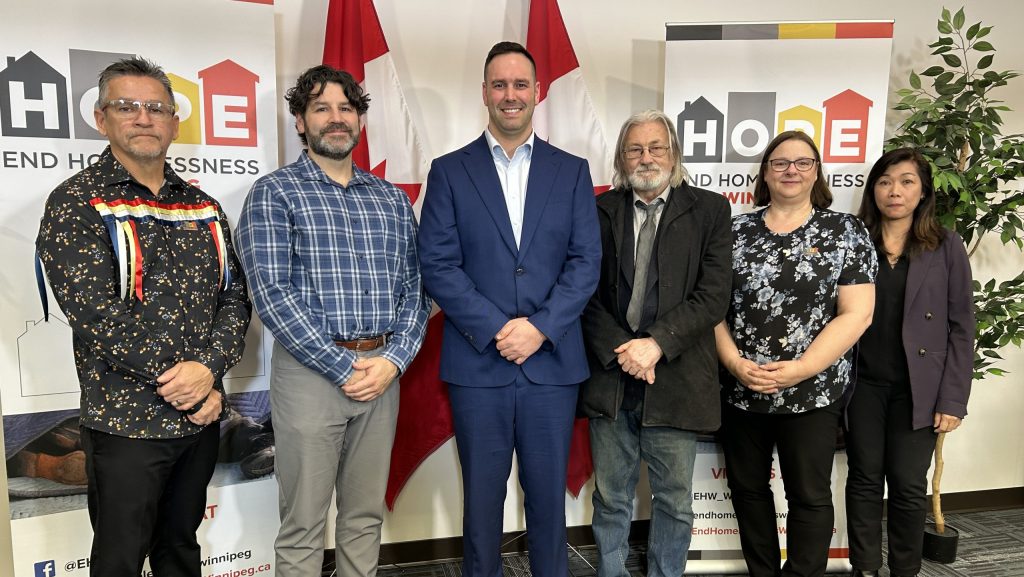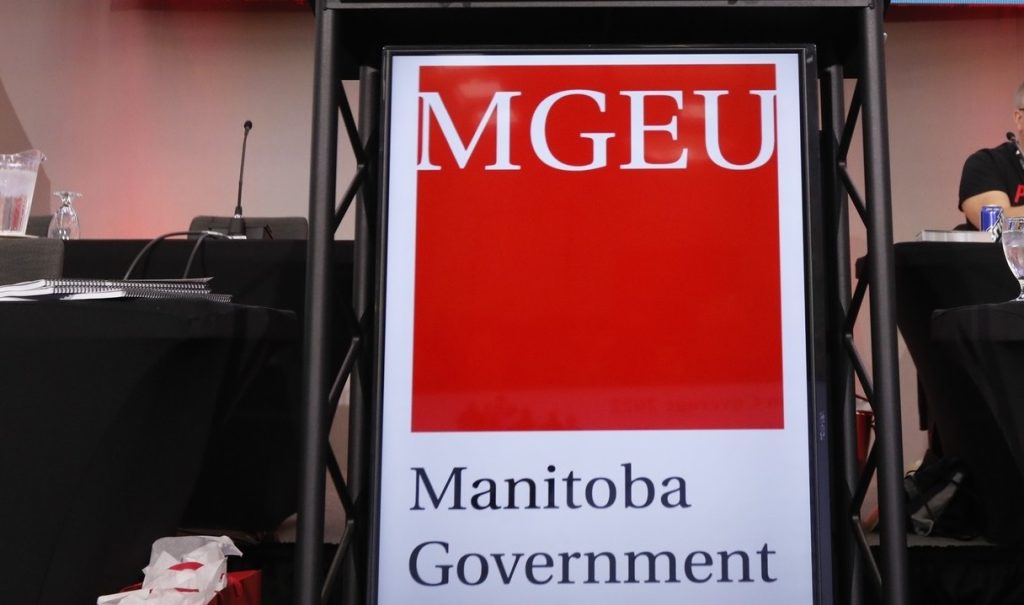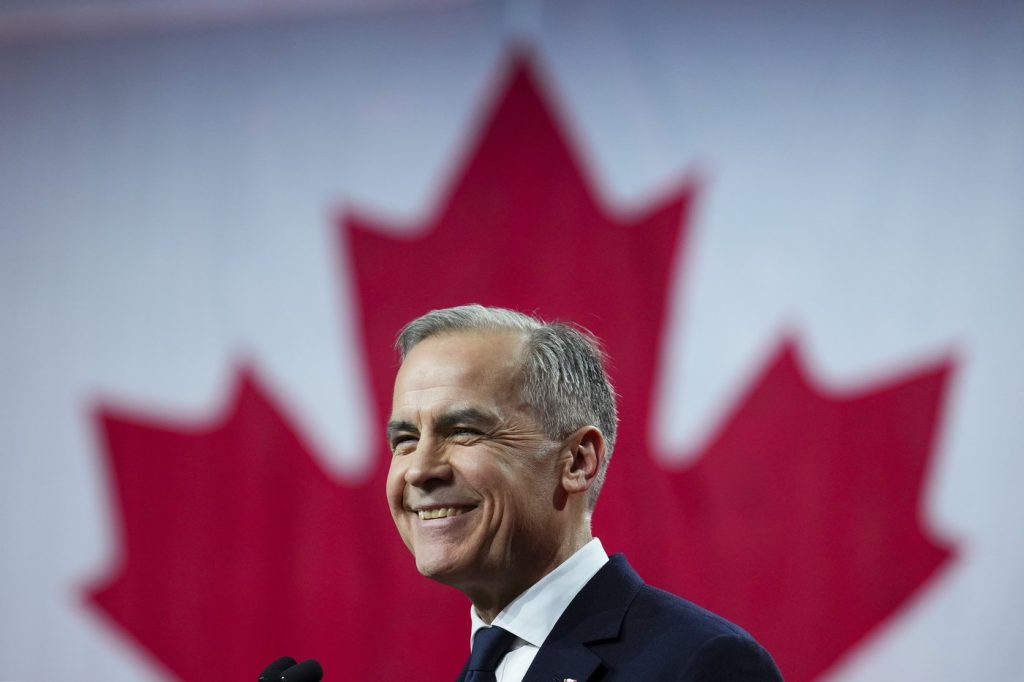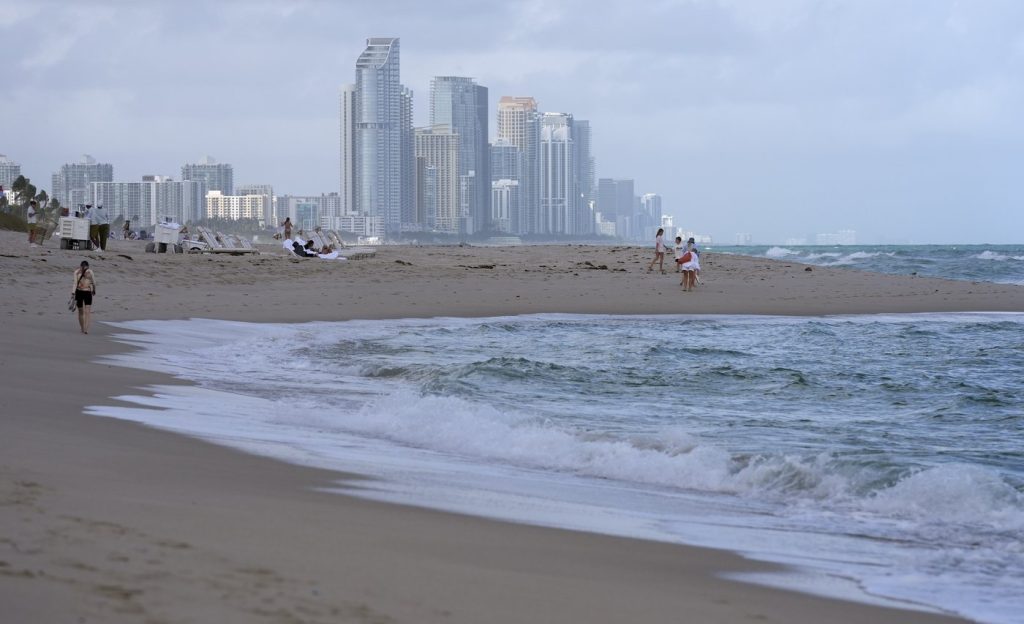Poor housing conditions rising among Indigenous population, exacerbating poverty: advocates

Posted September 21, 2022 7:05 pm.
Last Updated September 21, 2022 7:09 pm.
The number of people who identify as Indigenous in Canada now sits at 1.8 million, growing twice as fast as the non-Indigenous population, according to the latest Canadian census data.
Between 2016 and 2021, the Indigenous population grew 9.4 per cent, now making up five per cent of Canada’s total population.
BACKGROUND: Indigenous kids make up more than half of children in foster care: census
But advocates warn housing conditions within the Indigenous population are only getting worse, and contributing to higher poverty rates.
“It’s not surprising at all that people, especially Indigenous people, are living in sub-standard housing. It’s been like that for years,” said Mary Burton, the executive director of Fearless R2W, a group that helps families involved with the child and family services system.
“All three levels of government need to put in money to make sure there are enough large units of these families, and the families that need it.”
Inadequate housing in Winnipeg’s North End
The number of Indigenous people living in housing in need of major repairs was almost three times higher than non-Indigenous Canadians.
Burton says Winnipeg’s North End is the perfect example of inadequate housing.
“There’s very little large units and there are families that need larger units,” she said. “I’ll use myself as an example. I have four kids, myself and my husband. We need at least a four-, five-bedroom house, and we can’t afford to pay the houses that we want. We can’t pay $2,200 a month. I don’t know who can.”
The census data show more than one-in-six Indigenous people live in crowded housing – dwellings that are considered not suitable for the number of occupants. The numbers are even higher for First Nations people living on reserves, as more than one-in-five people lived in crowded housing in 2021.
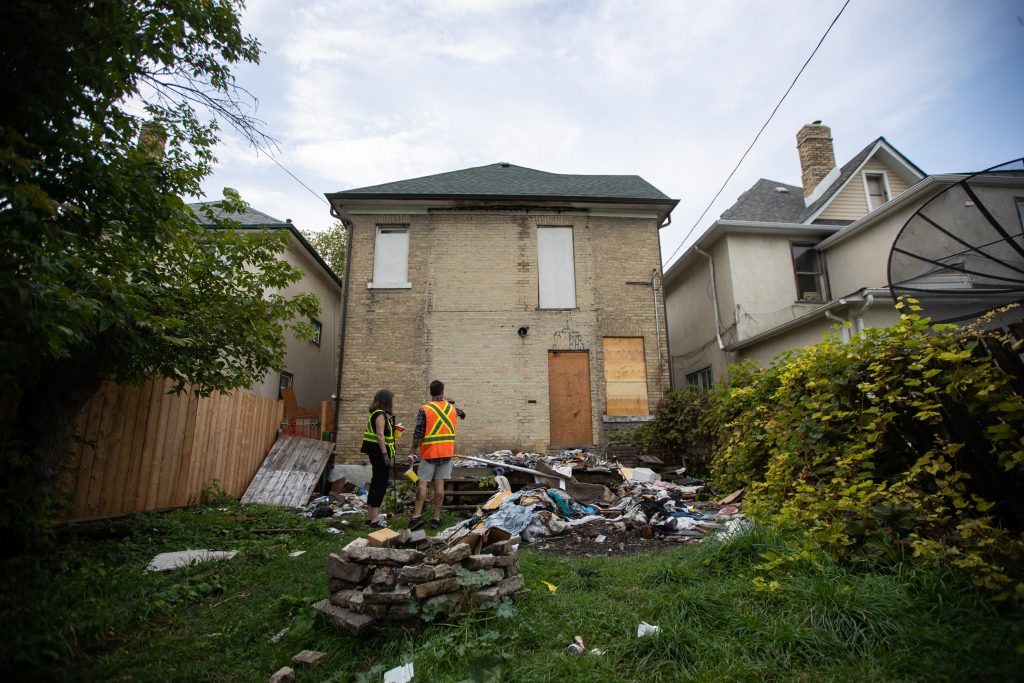
Mason Gobert (right) and another Bear Clan member, who didn’t want to be identified by name inspect an abandoned property on Maryland Street during a patrol in Winnipeg’s West Broadway neighbourhood on Sunday, Sept. 18, 2022. (THE CANADIAN PRESS/Daniel Crump)
Low-income housing among Indigenous people remains a major issue, as more than 24 per cent of Indigenous children 14 years and younger lived in a low-income home last year.
“It’s sad that those numbers are still growing and still increasing,” said Jennifer Mason, the director of finance at Inner City Youth Alive.
“We have a system that’s kind of set us up to fail the Indigenous population. Part of that is it is a system designed by people who don’t recognize all of the historical trauma that comes with simply being born as an Indigenous person.”
Indigenous children accounted for more than half of all the children in foster care in Canada, at 53.8 per cent.
Mason says nothing will change if no real action taken.
“We should be looking at prevention services,” she said. “Here is a kid who is underage, who is going to have a baby, and their only crime at this point is being underage. How do we set them on the right path? How do we work with them so they can have the hope of being a family, and not having their baby ripped from them when they are born?”
Burton believes the time to act is now.
“The issue is going to get worse before it gets better.”
